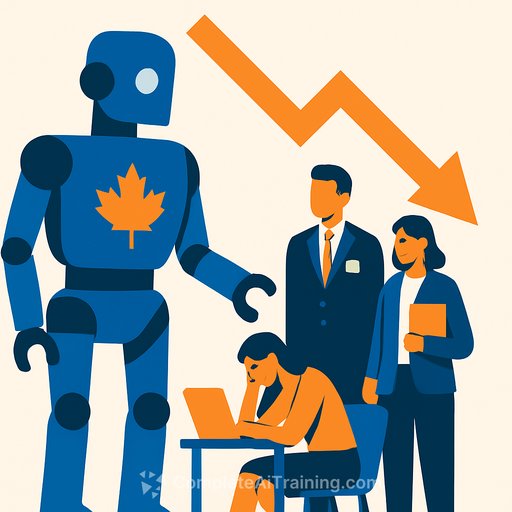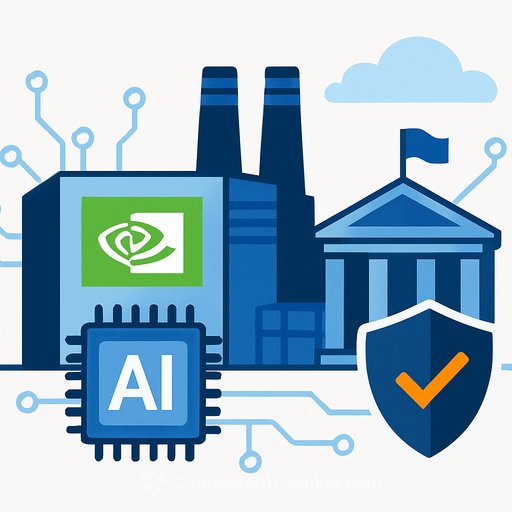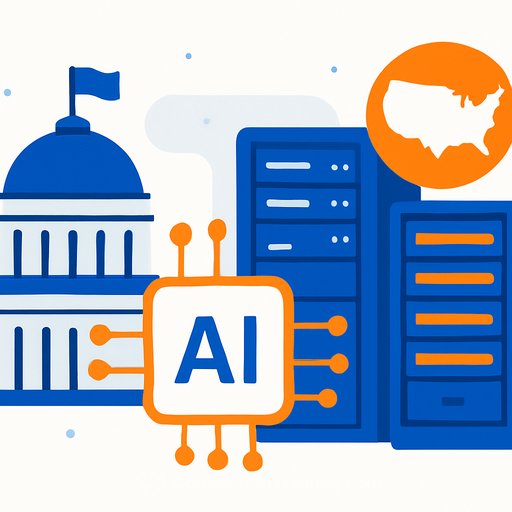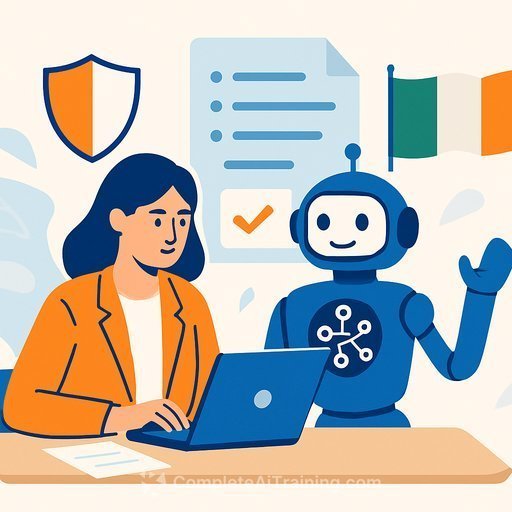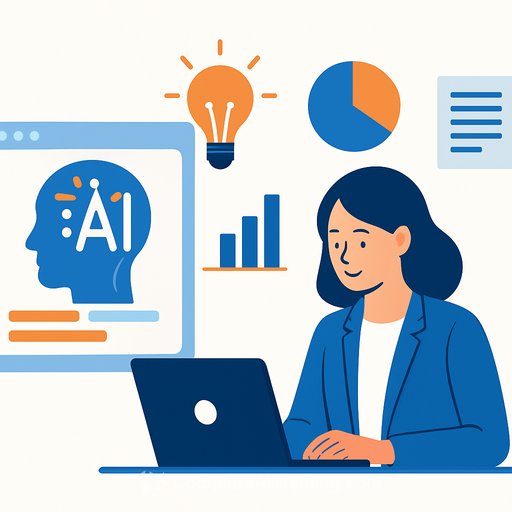AI and Public Sector Jobs: Key Findings from a New Study
A recent study by The Dais think tank at Toronto Metropolitan University reveals that public sector jobs in Canada face a higher risk of automation from artificial intelligence (AI) tools than the workforce overall. Nearly 75% of the country’s 1.1 million government employees hold positions highly exposed to AI technologies.
Within these roles, about 25% are complementary with AI, where technology assists or enhances the work. However, 49% of public sector jobs consist of tasks that current AI can effectively substitute or replace. In contrast, only 29% of the entire Canadian workforce faces this level of exposure. The study specifically examined direct government jobs, excluding sectors like education and healthcare.
Where AI Hits Hardest in the Public Sector
The federal public service has the largest share of AI-vulnerable workers at 58%, followed by provincial governments. These areas employ many professionals in business, finance, and administrative roles—such as human resources specialists, auditors, and accountants—that often involve repetitive tasks suited for AI automation. On the other hand, municipal governments employ more frontline roles, like firefighters and landscapers, which are less affected by current AI capabilities.
AI’s Impact on Entry-Level Positions
The study highlights that AI presents both opportunities and risks. For instance, generative AI tools can improve productivity by handling tasks like transcription, translation, report writing, and geospatial data analysis. However, some roles may face outright displacement.
Policy analysts provide a practical example. AI can summarize policy documents, but this is only one part of what analysts do. Rather than eliminating these positions, AI could be used as a tool to boost productivity. Still, increased efficiency might lead to fewer roles in certain areas.
This potential displacement means long-term workforce planning is essential. The public sector should invest in training and education to help employees transition to new roles. Labour unions must be part of these conversations to ensure fair outcomes.
Recommendations for Public Sector Agencies
- Encourage experimentation with AI in low-risk, repetitive tasks to explore productivity gains.
- Track successes and failures of AI deployments to inform future strategies.
- Engage in workforce planning that supports upskilling and reskilling efforts.
Prime Minister Mark Carney has emphasized the need for the federal public service to increase productivity by adopting AI at scale, which could also enhance service quality for Canadians. Recently, the government signed a non-binding agreement with Cohere Inc. to explore AI applications within public service operations.
Meanwhile, plans are underway to reduce the size of the federal public service gradually, focusing on attrition while improving efficiency through technology. This approach aligns with broader efforts to cut operational spending across departments.
Private Sector Context and Industry Perspectives
In contrast, some private-sector CEOs are considering slowing hiring or reducing staff due to AI. Canadian companies like Klue Labs Inc. and Scinapsis Analytics Inc. have already made AI-related job cuts.
Dario Amodei, CEO of AI developer Anthropic, sparked debate earlier this year by suggesting AI could eliminate half of entry-level white-collar jobs. However, many industry experts find this view exaggerated. For example, Cohere CEO Aidan Gomez dismissed such fears, emphasizing that AI will augment rather than replace the workforce.
For public sector employees, this means staying informed about AI developments and preparing for changes is crucial. Exploring training options in AI and automation can help ensure relevance in an evolving job market. Check out Complete AI Training’s latest courses to begin building skills that complement AI tools.
Your membership also unlocks:

